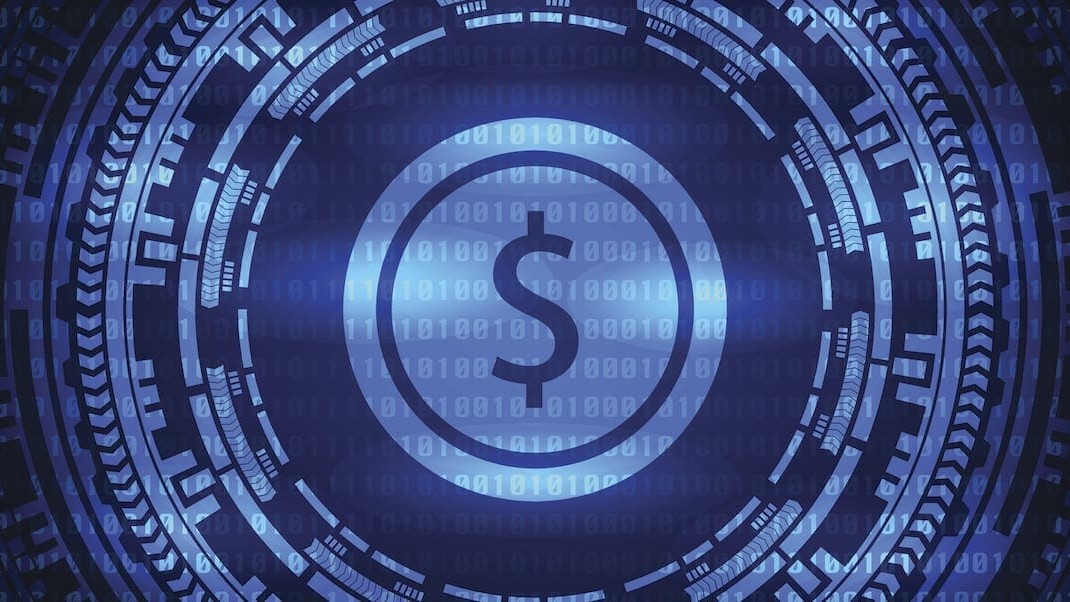You’ve seen the news reports about newly-made billionaires, suspicious deaths and volatile markets, which naturally would peak anyone’s interest.
Your first question is probably: “Why didn’t I learn about Bitcoin sooner and get super rich?” Followed closely by: “What the heck is cryptocurrency, anyways?”
Cryptocurrency might seem like an overwhelming and complicated subject to dive into, but it’s something we should all be paying attention to. The managing director of the International Monetary Fund (IMF), one of the most important financial organizations in the world, recently noted that cryptocurrencies will likely cause “massive disruption” in the near future.
By taking an easy-to-understand look at this sometimes-confusing topic, we’ll not only learn what cryptocurrency is and how it works, but why it’s such an important and disruptive element on the world’s financial stage.
Here are the key things to know about cryptocurrencies:
A simplified definition
In the simplest of terms, cryptocurrency is a purely digital currency. That’s it.
So why does it have that creepy “crypto” prefix? Because cryptocurrencies use cryptography as their main line of security against fraud.
Yep, cryptography, the same concept that allowed you to decode secret messages on the back of cereal boxes using a decoder ring. Cryptography, in its essence, allows messages to be transferred in secret.
Of course, in today’s digital age the cryptography used for digital currencies is quite a bit more complex. Utilizing sophisticated cryptography allows users to authenticate transactions, as well as mine for new coins (more on that later).
Now you know what it means, but how does it work?
Purely a peer-to-peer currency
You may remember hearing the term “peer-to-peer” back when the music-sharing service Napster was being sued by everyone in the music industry. Napster is best known for creating technology that allowed users to connect their computers and share music files, cutting record companies out of the process.
Cryptocurrencies, like Bitcoin, are based on this same principle. There are no banks, no Federal Reserve, no credit card fees — it is a decentralized currency that, in theory, is immune to third-party manipulation or interference and free of outside regulation.
If you’re a bank that makes its living on managing currencies, this is clearly a pretty powerful notion.
How cryptocurrencies create scarcity
A key component for any currency to work is that there must be scarcity to create value. A digital file, like a spreadsheet, holds no intrinsic value. It can be copied and distributed an infinite number of times and distributed any way you like with no significant impact.
But currency would have no value if you could freely copy and distribute it. And if you’ve ever tried drawing a picture of a dollar bill and handing it to a Starbucks barista, you know that there are ways to verify the authenticity of real-world currencies.
Some digital currencies, like Bitcoin, have a finite amount of currency. There will only ever be 21 million bitcoins in existence, with somewhere around 14 million currently in the market. The sophisticate cryptography we mentioned above backs up the authenticity of every single bitcoin circulating.
But it’s the technology behind it all, called the blockchain, that really drives it all home. The blockchain records and authenticates every single Bitcoin transaction across a vast network of computers, creating a public database that is theoretically invulnerable to fraud or manipulation. This is how cryptocurrencies are able to leave banks and regulators out — just as every transaction is peer-to-peer, so is the record-keeping system.
For more on blockchain technology and how it works, check out our easy-to-follow guide.
How do you get cryptocurrency?
The easiest way is to set up a virtual wallet with any number of cryptocurrency management applications out there and trade in some of your government-backed dollars for the virtual stuff.
But you may have heard of “Bitcoin mining.” People who mine for bitcoins, or other cryptocurrencies, are basically being rewarded for lending their computer-processing power to the blockchain.
As you might imagine, keeping records of every single transaction ever, all with complicated codes to verify authenticity, takes a lot of computing power. Those who have the ability and willingness to spend the resources and time helping to create new blocks are rewarded with bitcoins.
So why isn’t everyone mining for bitcoins all day long? Because the difficulty changes based on how many people are mining. The more people on the network, the more difficult the cryptography becomes, meaning more time and more processing power needed. And as the value of bitcoins goes up, the reward goes down. It’s a difficult process, but it helps to create scarcity and keep the market from being flooded with currency.
Suggested Reading:
Why should I care?
Despite volatility, cryptocurrencies are on the rise. The value has risen enormously in a very short amount of time, and many major companies now accept Bitcoin as a form of payment. The more this type of currency is embraced by the market, the more value it has.
The underlying technology is even of interest to established financial institutions. Blockchain technology could drastically reduce costs for banks and credit card companies that are drowning under the weight of record-keeping.
Cryptocurrencies have also proven than digital assets can have a true value to them. One bitcoin has a real, authentic value that is backed up by a public record. Being able to provide truth to a digital asset has been a murky, complicated and nearly impossible task until now.
Overall, digital currency is still the new kid on the block. But as with the reformation of any industry, digital technology is accelerating cryptocurrency growth at ever-increasing speeds. It might be a wild ride, but it’s not ending any time soon, and it’s likely that cryptocurrencies will become an accepted, embedded part of the world-financial ecosystem in the near future.
Unfortunately, cryptocurrency won’t help with all those outdated receipts you still carry around.

